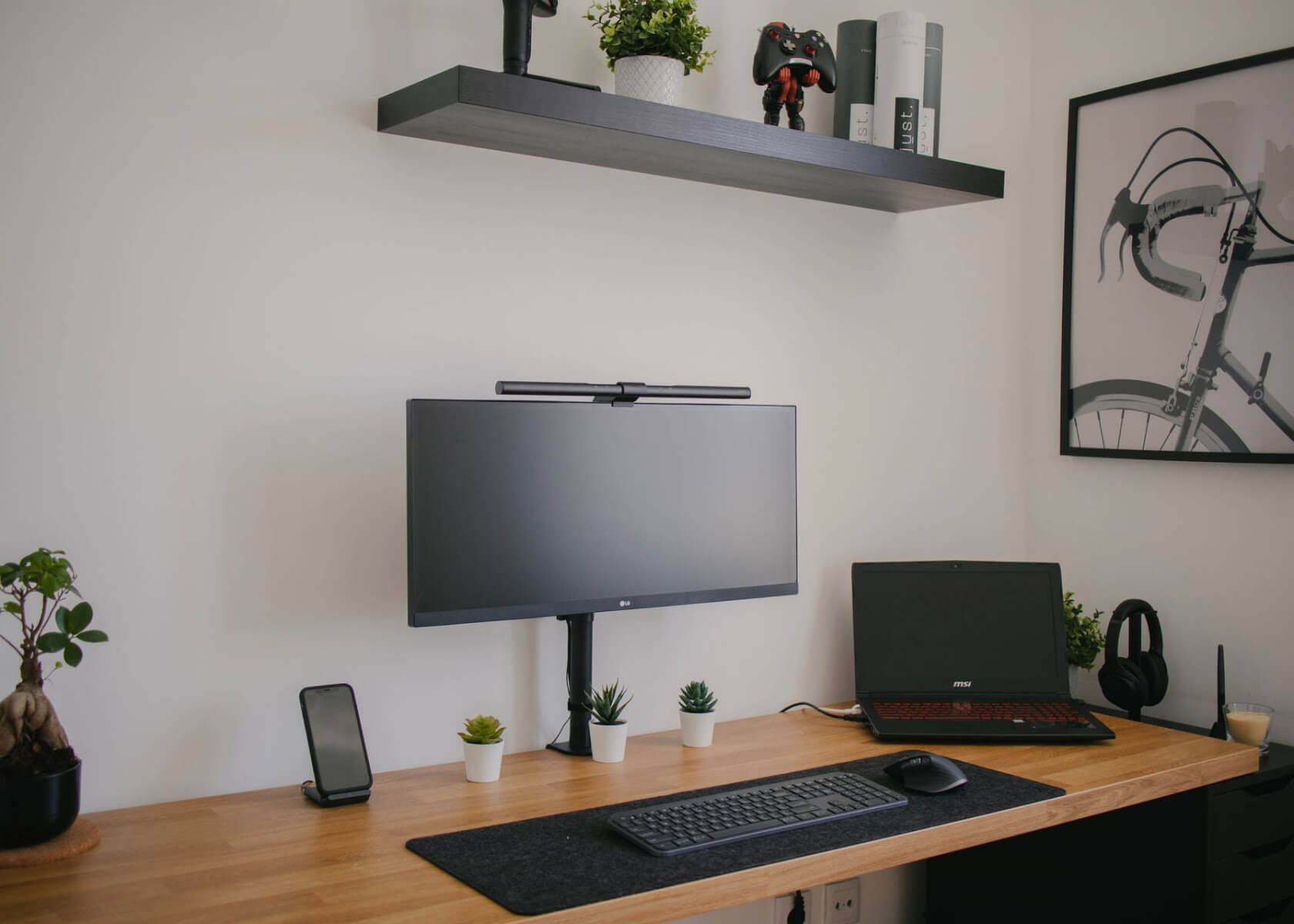Designing Personalized Planners: Utilizing Notion's Features for Customization

New to Notion?
How to Design Personalized Planners using Notion's Features
Notion is a versatile productivity tool that enables you to design personalized planners tailored to your unique needs. Whether you prefer a fully digital system or a planner you can print out, Notion offers a range of features for extensive customization and effective organization. This updated guide shows you how to design personalized planners using Notion's most current features and best practices.
Step 1: Define Your Planner Layout
Before diving into customization, clearly define your planner’s layout. Think about the sections and features you want to include. Consider elements such as:
- Daily, weekly, or monthly views
- To-do lists and habit trackers
- Project management sections (for example, check out the Agile Project Management template)
- Any additional components that fit your personal planning style
Step 2: Create a New Notion Page
With your layout in mind, create a new page in Notion to serve as the foundation for your personalized planner. You can start by using the sidebar or the quick command Ctrl + N (or command + N on a Mac).
Step 3: Set Up Your Planner Structure
Within your new page, use Notion's flexible tools to build your planner structure:
- Headers and Dividers: Use them to break the page into clear sections.
- Bulleted Lists: Organize tasks, notes, or ideas in a simple manner.
- Tables or Columns: Create multi-column layouts to compartmentalize different types of information.
Step 4: Customize Your Planner with Templates, Icons, and Covers
Notion offers a rich library of templates, icons, and cover images to personalize your planner. To use these features:
- Click on the Templates button at the top right corner of your page and explore the options.
- Customize icons and covers using the built-in options to ensure your planner reflects your personal style.
Step 5: Add Properties and Formulas for Automation
Enhance your planner with automation by leveraging Notion's properties and formulas:
- Properties: Add due dates, priority levels, tags, and more to your tasks.
- Formulas: Use formulas to calculate metrics like progress percentages or time estimates, providing you with a dynamic overview of your planning goals.
Step 6: Incorporate Databases and Views
Databases are among Notion’s most powerful features for managing planner data. Consider creating databases for key sections:
- One database for your tasks or projects.
- Another for a Habit Tracker.
- Utilize various views such as calendars, boards, or tables to display your data from different perspectives.
Step 7: Customize with Colors and Themes
Make your planner more visually engaging by taking advantage of Notion’s text color and background options:
- Adjust the color of headers, text, and backgrounds on a block-by-block basis.
- Experiment with different color combinations to ensure your planner reflects your personal aesthetic while remaining highly functional.
Step 8: Sync with External Calendars and Devices
Keep your planner up to date by syncing it with your external calendars and devices:
- Notion integrates with popular services like Google Calendar, Apple Calendar, and Outlook.
- Consider third-party integrations like Zapier or Automate.io for more advanced synchronization and workflow automation.
Step 9: Share and Collaborate
Notion makes it simple to share your personalized planner:
- Collaborate with team members or share your schedule with family and friends.
- Adjust sharing settings to manage permissions and invite feedback, ensuring your planning process remains interactive and dynamic.
Step 10: Export and Print Your Planner
If you prefer a physical copy of your planner:
- Export your Notion page as a PDF directly from the menu options.
- Print your planner to have a tangible version that is perfect for offline use and reviewing.
In conclusion, Notion's extensive and continually updated features make it an excellent tool for designing personalized planners. By following these steps, you can build a planning system that effortlessly suits your workflow—whether digitally or in print—while keeping you organized and productive.


